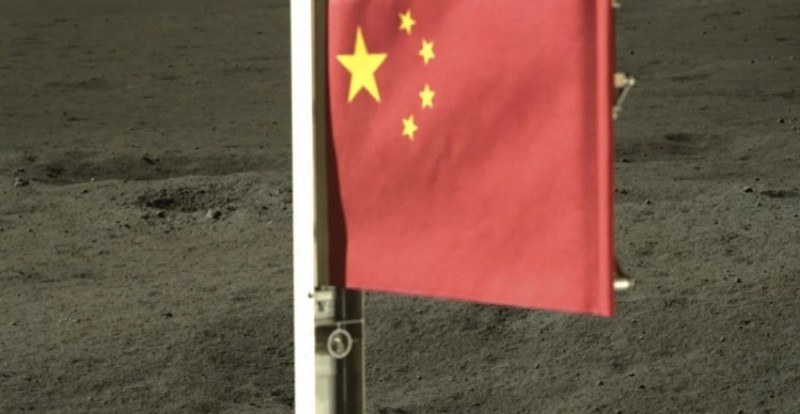
Chinese scientists have made a groundbreaking discovery in lunar research. Analysis of lunar soil samples brought back by the Chang'e-5 mission in 2020 has revealed the presence of water molecules. This significant finding was reported by the Chinese Academy of Sciences (CAS) on July 23.
The discovery was detailed in a study published on July 16 in Nature Astronomy. Researchers from the Beijing National Laboratory for Condensed Matter Physics, the Institute of Physics of CAS, and other Chinese research institutions conducted the analysis. They identified a hydrated mineral enriched with molecular water among the lunar soil samples.
This new revelation builds on previous findings. In 2009, India's Chandrayaan-1 spacecraft detected hydrated minerals on the moon, showing evidence of water in the form of oxygen and hydrogen molecules. NASA's Moon Mineralogy Mapper (M3), part of the Chandrayaan-1 mission, confirmed these findings.
In 2020, NASA also announced the detection of water on the moon's sunlit surface. Data from the Stratospheric Observatory for Infrared Astronomy (SOFIA) revealed water molecules in the Clavius crater, one of the moon's largest craters.
Despite these discoveries, there remains uncertainty about the origin and chemical form of lunar hydrogen, especially since high-latitude and polar regions of the moon have yet to be explored with returned samples.
The Chang'e-5 mission, China's first lunar sample-return mission in 44 years, has provided the first direct evidence of lunar water. This mission marked a new phase in lunar research and has been followed by the recent Chang'e-6 mission, which returned with up to 2 kilograms of material from the moon's far side.
Li Xianhua, an academician of CAS, highlighted the significance of these discoveries. "China's Chang'e-5 mission has rejuvenated lunar studies after a long hiatus, enhancing our understanding of the moon's history and evolution."
Looking ahead, scientists hope to uncover more about the moon's water content with future missions and studies.
Latest Updates:
NASA and SpaceX's Bold Mission: Deorbiting ISS by 2031
NASA Cancels USD450 Million Lunar Rover Due to Cost Overruns and Delays
From Mars to Moon: India's Historic Achievements and Future Plans Praised by Former NASA Astronaut